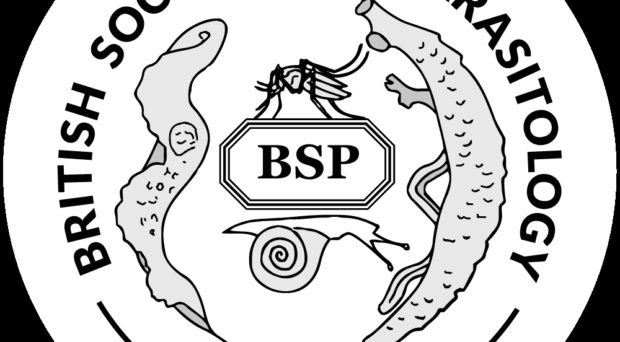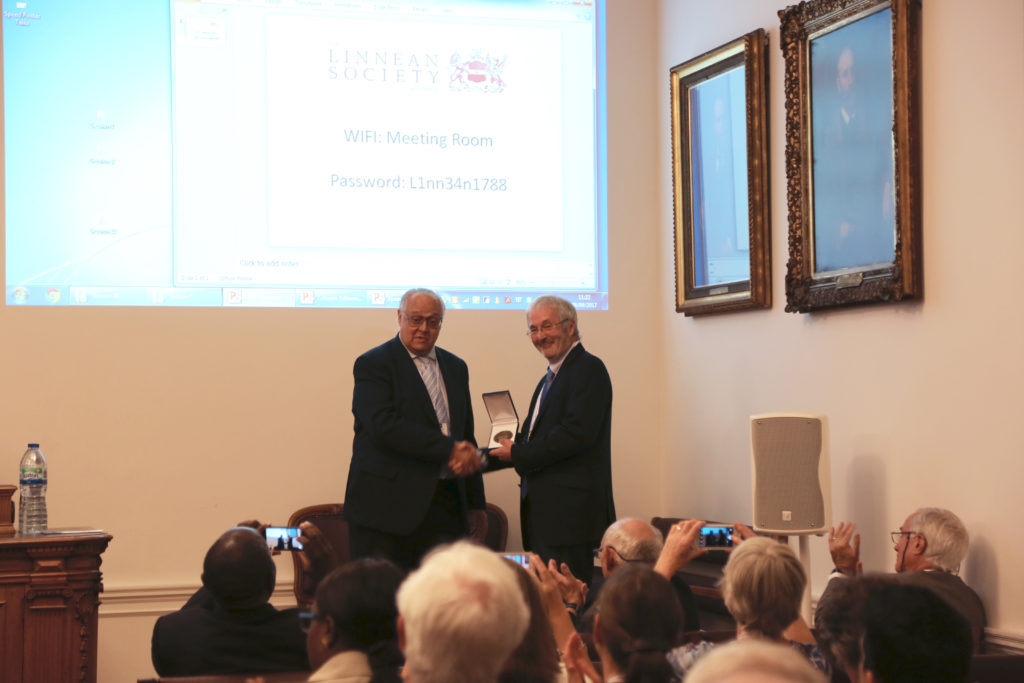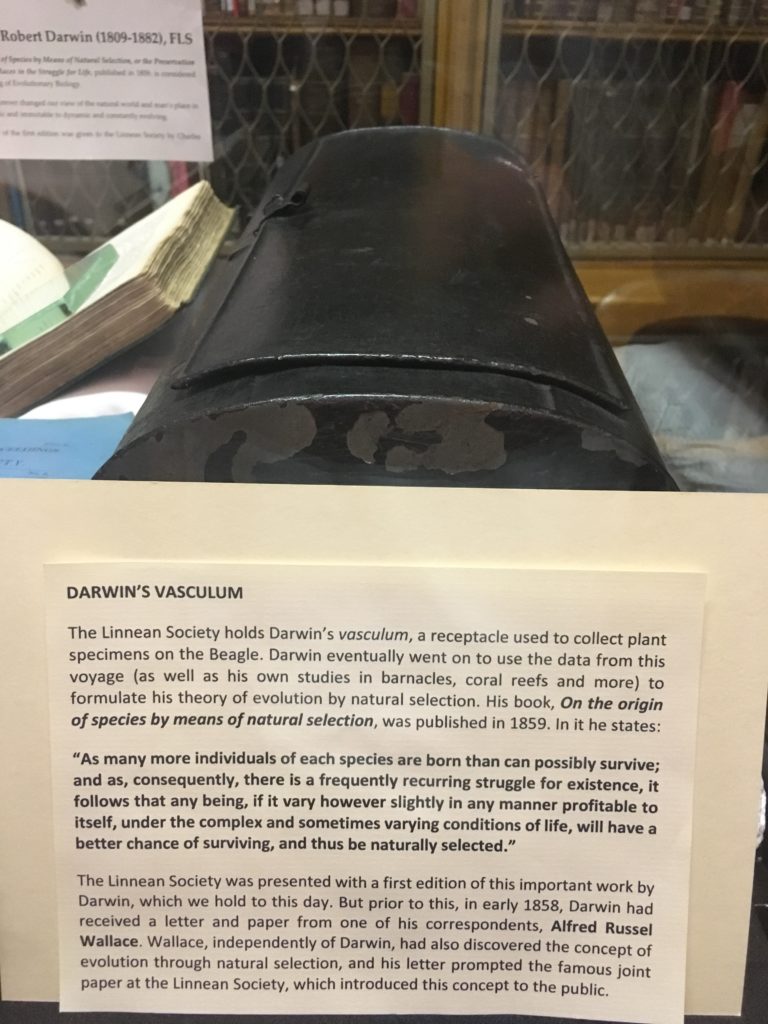
In the first week of Autumn, the British Society for Parasitology (BSP) held a one-day symposium at the Linnean Society in London, with the fitting theme of ‘the multidisciplinarity of parasitology’. As Prof. Russell Stothard pointed out in his welcome message to the conference, ‘all living species are involved in parasitism’, so our continued inquisitive nature into everything parasite related is warranted, and something that Carl Linnaeus would certainly be proud of.
The symposium celebrated the career of Prof. David Rollinson who was presented the IFTM Medal Award of International Federation for Tropical Medicine for his contributions to research on the parasitic disease, schistosomiasis. David, an honorary member and ex-president of the BSP and current director of the Global Schistosomiasis Alliance, continues to be an inspiring multidisciplinary parasitologist, pioneering new ideas to better our biological understanding of parasites and their hosts and also alleviate disease in endemic areas.

The morning’s session continued with talks from invited speakers;
- Sir Roy Anderson provided delegates with an overview of the successes seen in alleviating human helminth infections through mass drug administration (MDA), but also posed the question as to when control programmes should invest resources into monitoring and evaluating MDA success, rather than blindly persisting with blanket MDA.
- Novel and reliable diagnostics are required for these monitoring and evaluation stages, and Jozef Vercruysse reported on a portable and automated helminth egg counter (FECPAKTM), currently being trialled on dairy farm cattle but with potential monitoring applications in public health efforts. With 25% of cattle farmers facing issues due to increased helminth resistance to antihelminthics (drugs that kill helminths), and infections such as fascioliasis causing a 0.7kg loss of milk per cow per day, these streamlined diagnostics are essential to reduce loss for farmers.
- David Molyneux discussed the battle against Neglected Tropical Diseases (NTDs) in light of the United Nations 2030 Sustainable Development Goals (SDGs). A clear take-home message being that the effects of climate change, unstable political situations, natural disasters and urbanization can have huge influences on human behaviour and inevitably national health systems. The NTD community should be at the forefront of addressing how to react during devastating circumstances, to minimise public health outbreaks and continue striving for the targets set by the SDGs.
- Historically, changes in human behaviour have had considerable effects on disease, as Santiago Mas-Coma outlined in the origins of human fascioliasis stemming from the domestication of animals in the Fertile Crescent approximately 8 thousand years ago.
Just before lunch and again before the afternoon tea break, 2 minute speed talks were given by delegates summarising their research to attract interested parties to their posters in the Linnean library:
A novel idea for improving disease xenomonitoring (detection of parasite DNA in the intermediate host / vector) was presented by Dr Darren Cook. A superhydrophobic cone was used to concentrate mosquito excreta to then be screened for parasite DNA. This increased the number of mosquitoes being tested and also removes the need for extra processing steps required when whole mosquitoes are used.
In a similar ideology, Zikmund Bartonicek presented preliminary methods trialled for detecting the presence of schistosomes and intermediate hosts in transmission sites using environmental DNA (eDNA). By filtering large amounts of water through a series of different sized filters, transporting these in ethanol and later using these to detect target DNA sequences via PCR.
During the afternoon, Prof. Robin Gasser emphasised the genetic and genomic tools that have been used to investigate parasitic worms, followed by Dr Bonnie Webster describing the molecular techniques utilised to explore schistosome diversity and diagnostics.
Prof. Tim Anderson presented the genetic basis of transmission in schistosomes. His research in collaboration with colleagues at the University of Perpignan has identified regions of the genome that determine the chronobiology (the study of biological rhythms) of schistosome cercariae emergence from snails, and how hybridisation species can shift these emergence patterns.
To finish the day of talks with a different and unusual swing, Dr Tim Littlewood presented delegates with a fascinating insight into where palaeontology (the study of fossils) meets parasitology – paleoparasitology. It was made clear from the start that this wasn’t just digging royal graves for parasites, but was in fact a testimony to the fantastic imaging technology that allows for the inspection of fossilised parasites with much greater detail than could previously be imagined. Tim explained that these fossil parasites, along with the expanding biological and phylogenetic information on parasites infecting all walks of life, give insight into the evolutionary history of parasitism.
The BSP President, Prof. Mark Taylor, closed the formal meeting, giving his personal experiences regarding the multidisciplinary nature of parasitology, starting his careers in parasite immunology before moving to a career in drug discovery. Mark then invited delegates to the library for a drinks reception kindly sponsored by the London Centre for Neglected Tropical Disease Research (LCNTDR), where delegates could discuss the days events in the presence of such items as Darwin’s original vasculum, used to collect plant specimens on the Beagle.

For those with reserve energy, an evening meal and party was held at The Kings Head in Piccadilly. The room was filled to the brim with society members, and conversation was accompanied by the music of the Pumphandle Blues Band, a London-Liverpool schools of Tropical Medicine collaboration! There was a great atmosphere, with many delegates reminiscing and new members becoming acquainted with other members of the BSP.

All in all, the autumn meeting was a real success, and still to come will be a special issue of the journal Parasitology hopefully being published in early 2018. The countdown to the BSP Spring Meeting at the Aberystwyth University from 8th – 11th April 2018 has begun!

Comments